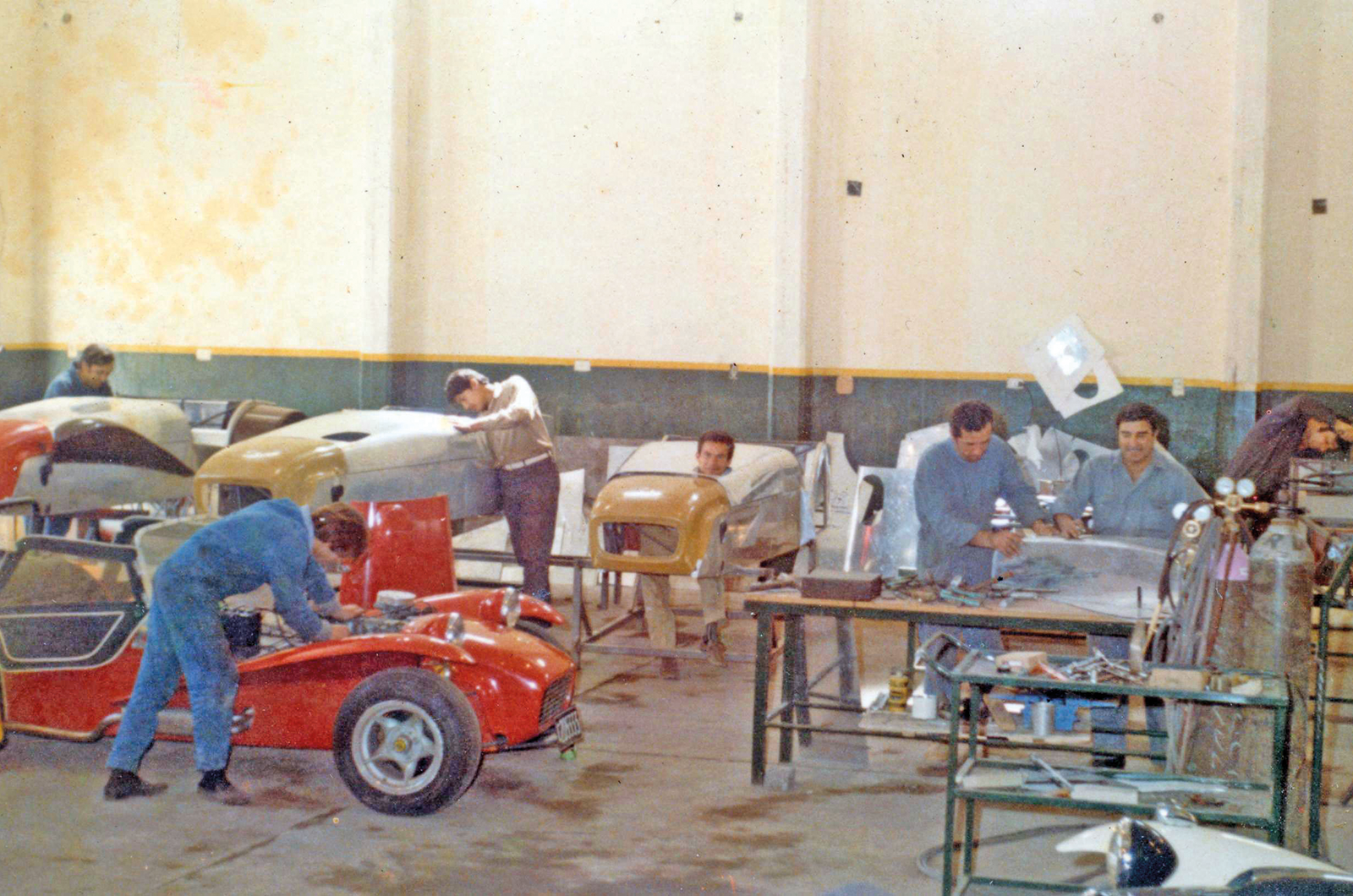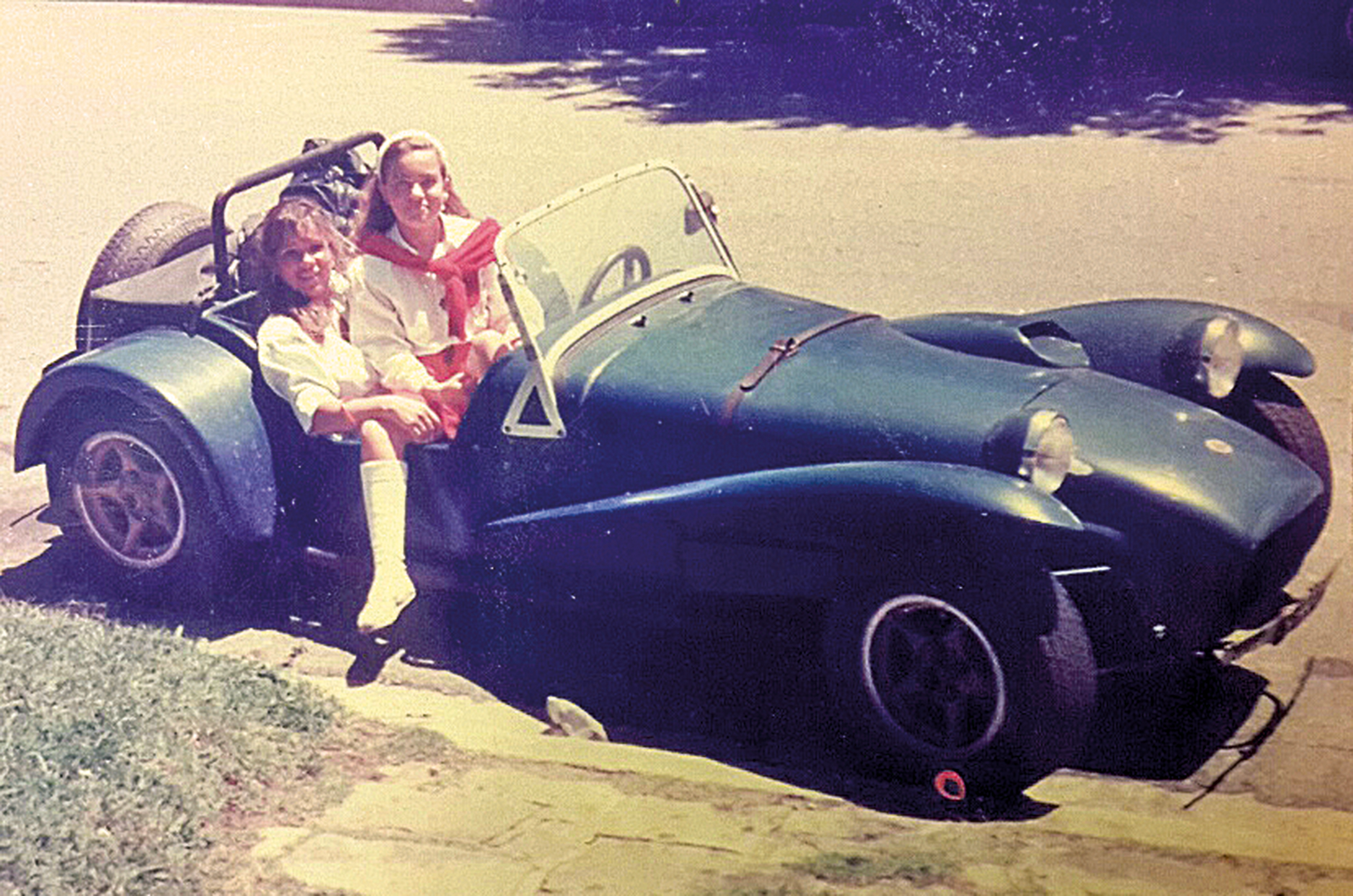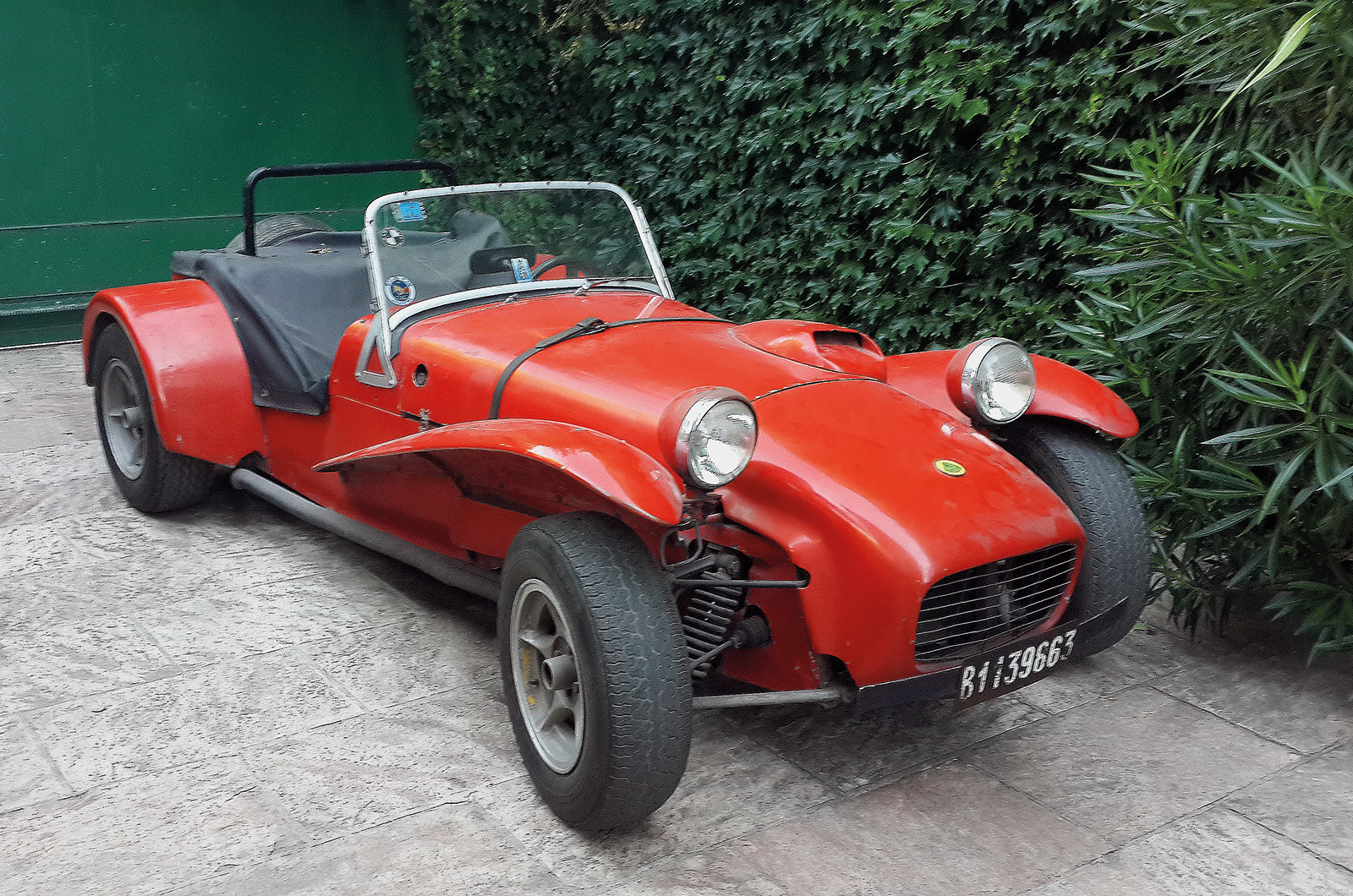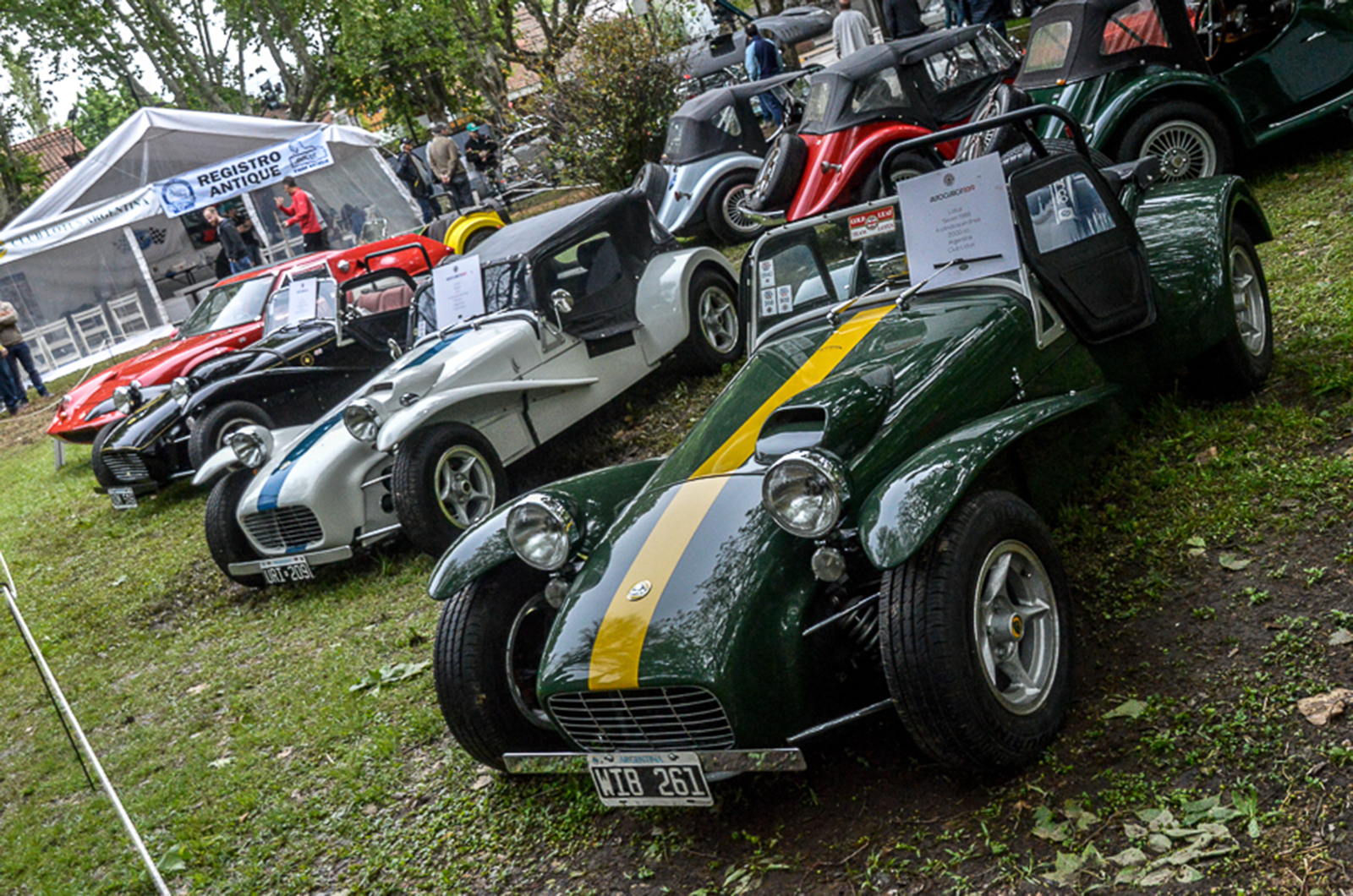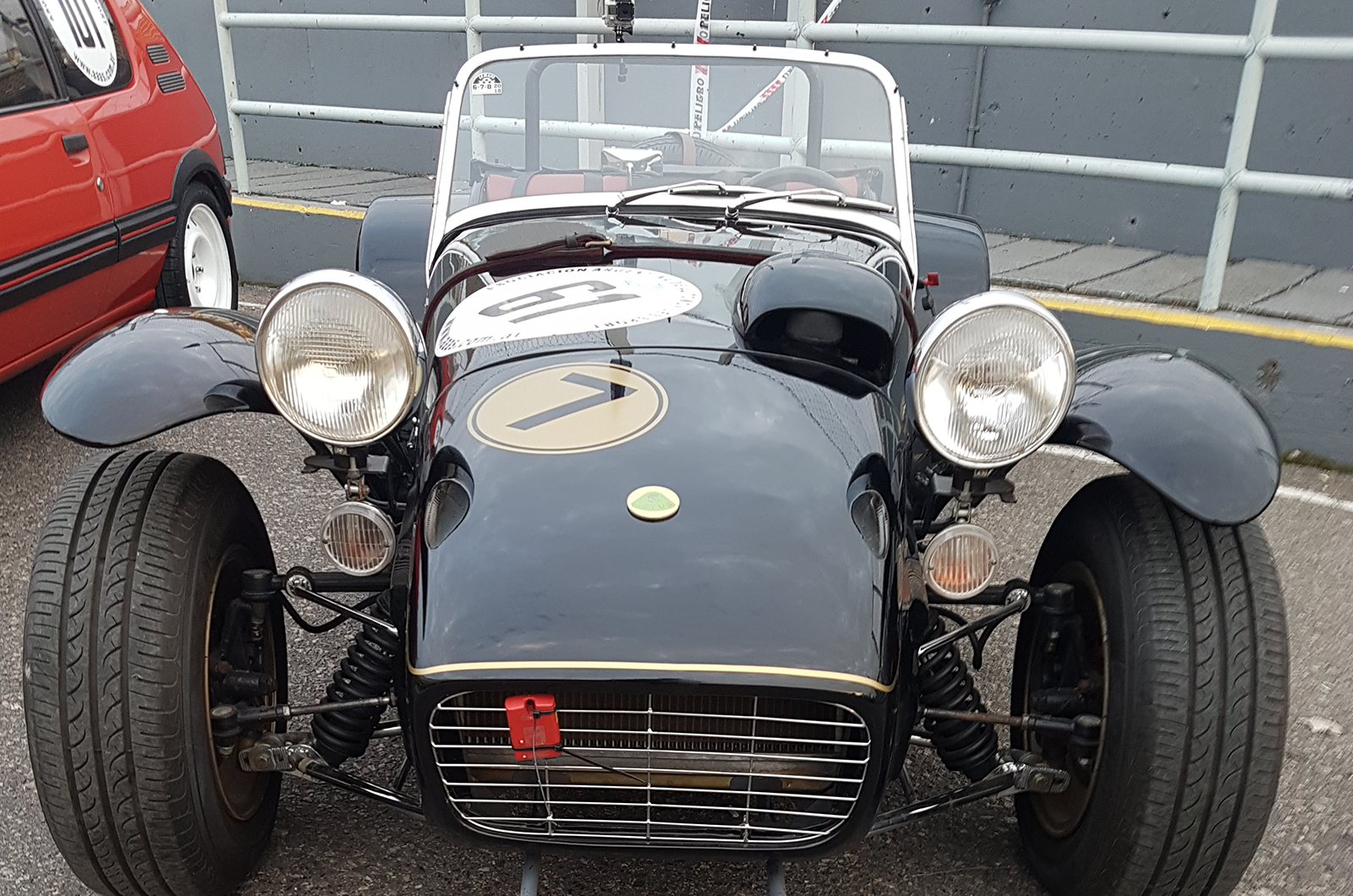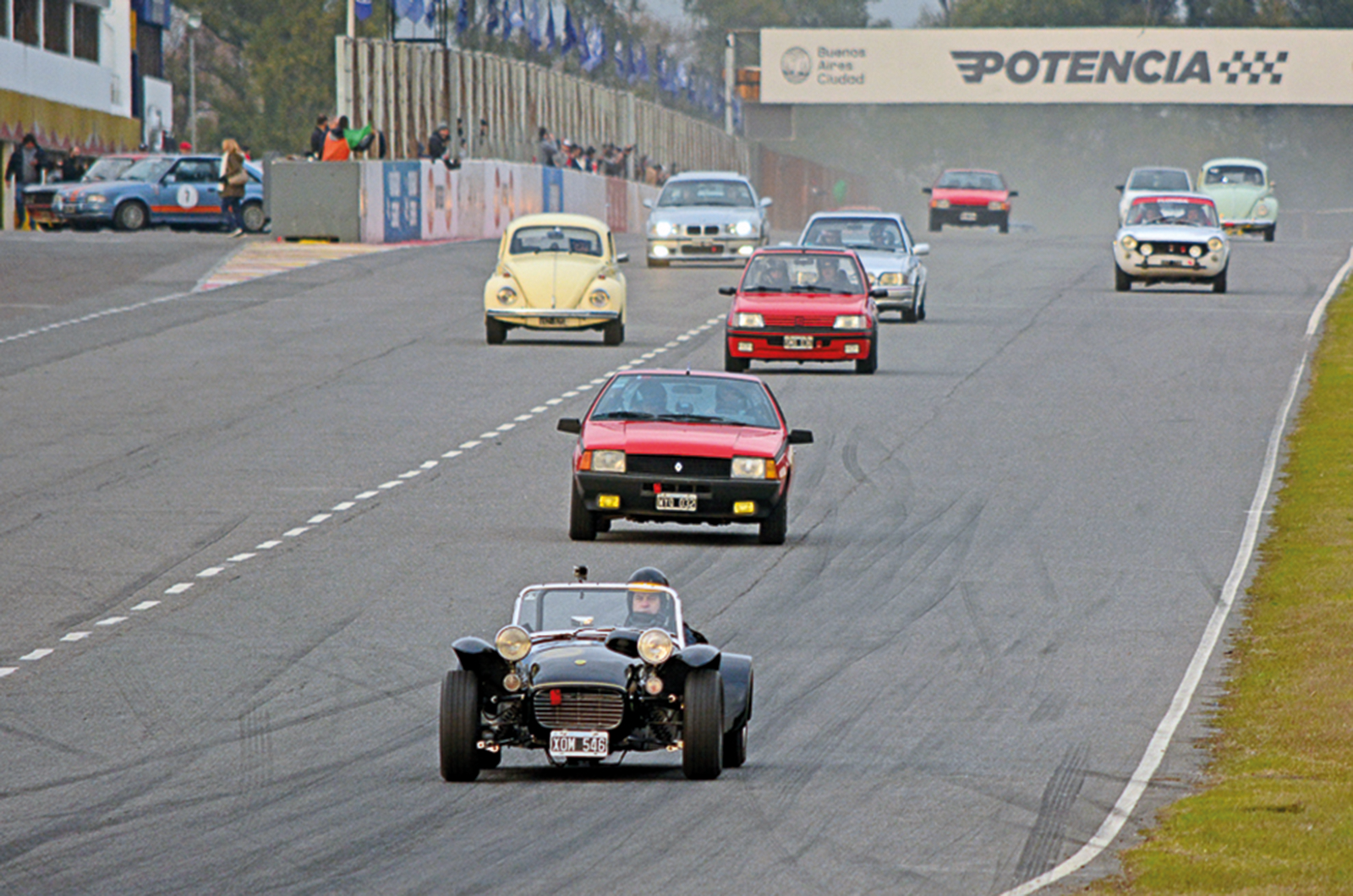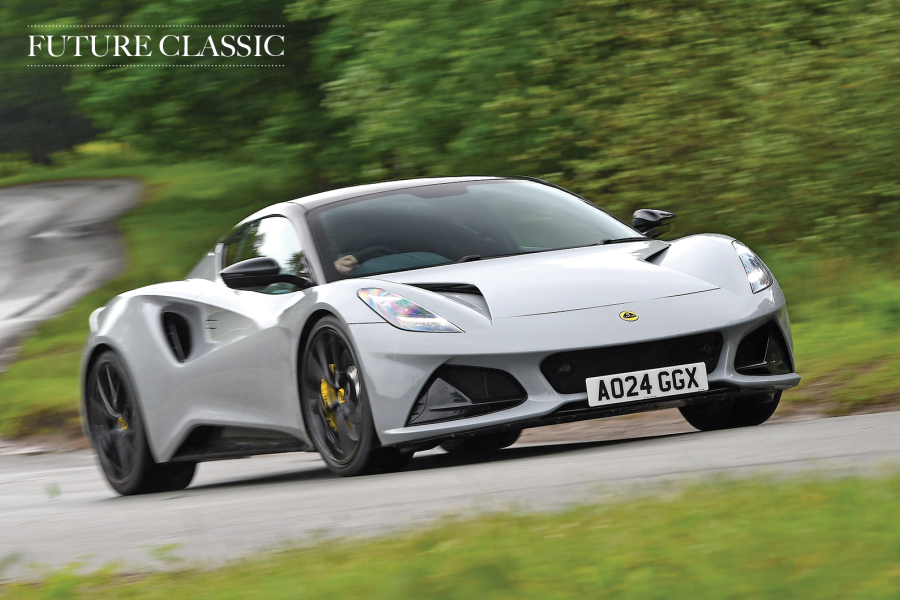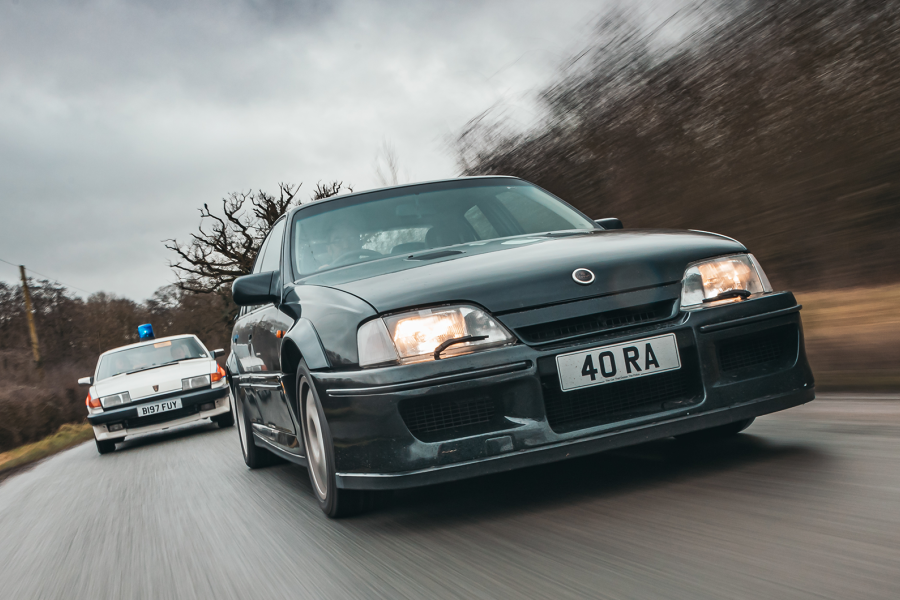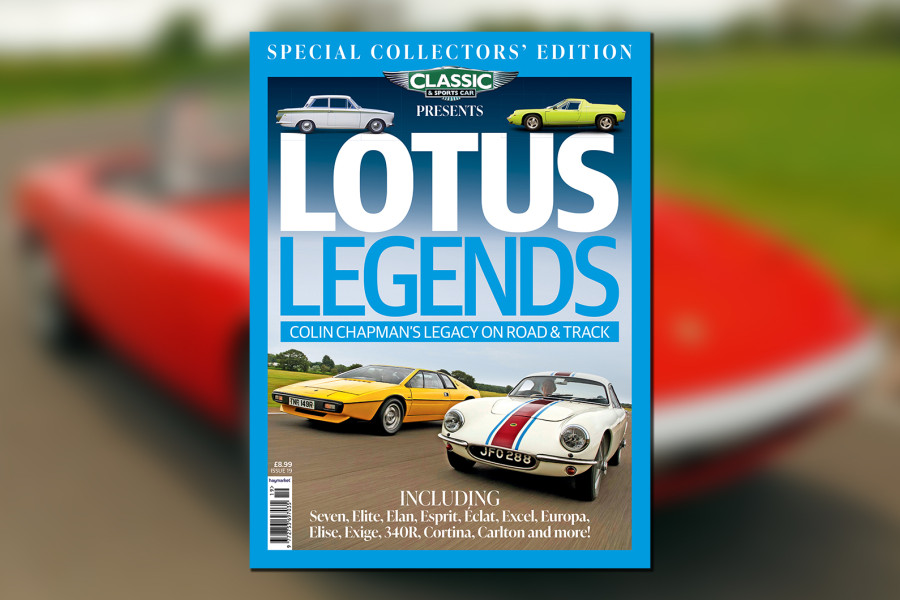
The story of Lotus building cars under licence in Argentina is a peculiar one. So often overlooked, it barely seems credible to many.
In 1968 Lotus was at the very top in motorsport and becoming a serious contender in the sports-car market.
Yet the firm retained hints of its humble beginnings in both fields and the decade-old, evergreen Seven was still in the catalogue, albeit reluctantly.

Vignoles’ Lotus that started the local Seven
Richard Vignoles, a Uruguayan of British descent working for Ford in Dagenham, received a call from close friend Jorge Mutio proposing to investigate building Sevens in South America under licence.
Vignoles, whose day job was to bring to Hethel the Cortinas for Lotus, made easy contact with Mike Warner, who ran Lotus Components where the formula cars and Sevens were assembled.
The ball was rolling. Boss Colin Chapman, interested in generating funds for industrial projects as well as Team Lotus, considered the idea a way of expanding the business and paying Lotus Components’ bills.



